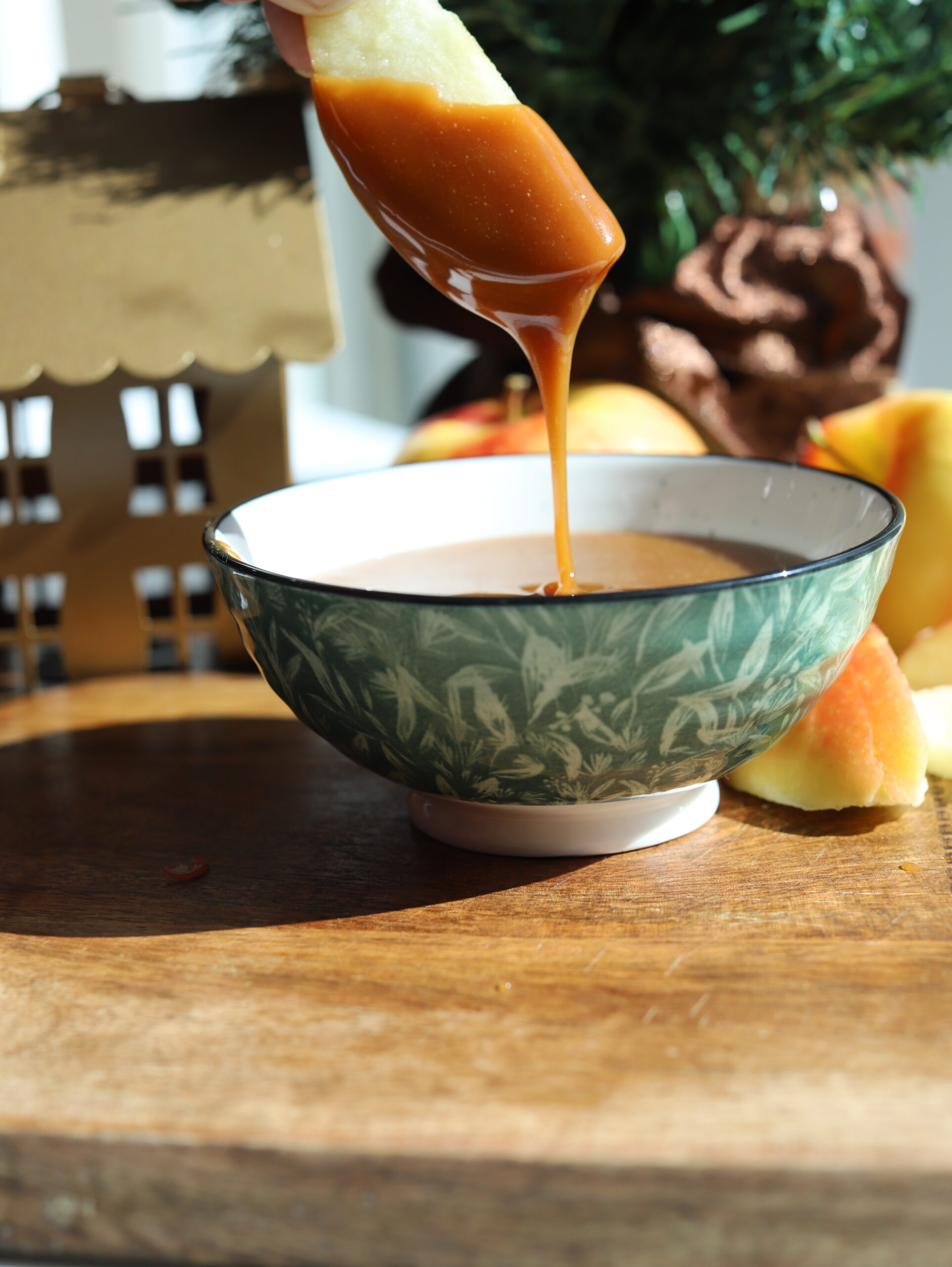
Embark on a culinary escapade as we delve into the luscious realm of homemade salted caramel. This confectionary masterpiece, marrying the dulcet tones of sugar with a hint of sea salt’s crispness, promises to be a foray into a world where flavor knows no bounds.
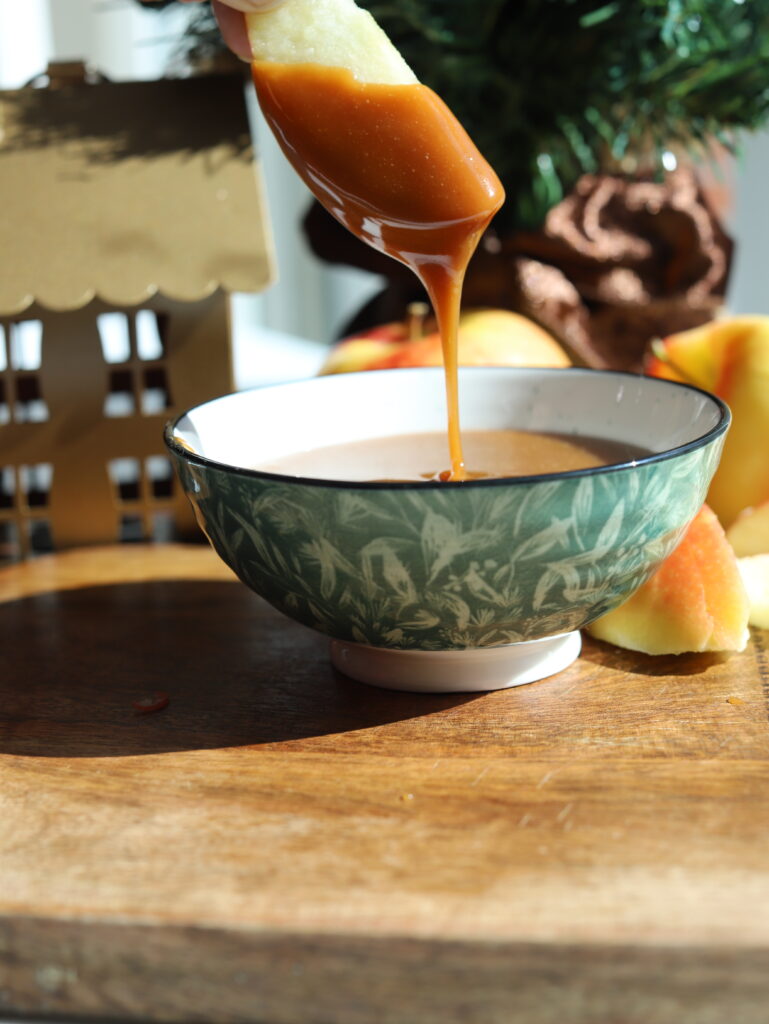
Salted caramel is not just a flavor; it’s a sensation. The juxtaposition of saccharine caramel with the zesty zing of salt creates a symphony on the palate, making it an unmissable delight for any epicurean enthusiast.
Ingredients:
Instructions:
Serving Suggestions:
Enjoy your homemade salted caramel sauce!
At its core, salted caramel is a mélange of simple ingredients – sugar, cream, butter, and a smidgen of salt. These humble components amalgamate to form something truly extraordinary, each playing an integral role in the caramel’s final allure.
Salted caramel, a culinary phenomenon that has taken the world by storm, is a quintessence of simplicity and sophistication. This delightful confection has been tantalizing taste buds and gaining immense popularity, emerging as a favorite in everything from gourmet desserts to artisanal beverages. But what truly sets salted caramel apart? The secret lies in its basic, yet impeccably balanced ingredients. Let’s delve into the heart of salted caramel and discover the magic behind this delectable treat.
At first glance, salted caramel might seem unassuming with its limited ingredient list, yet each element plays a pivotal role in crafting its unique flavor profile. The four fundamental ingredients of salted caramel are sugar, cream, butter, and salt.
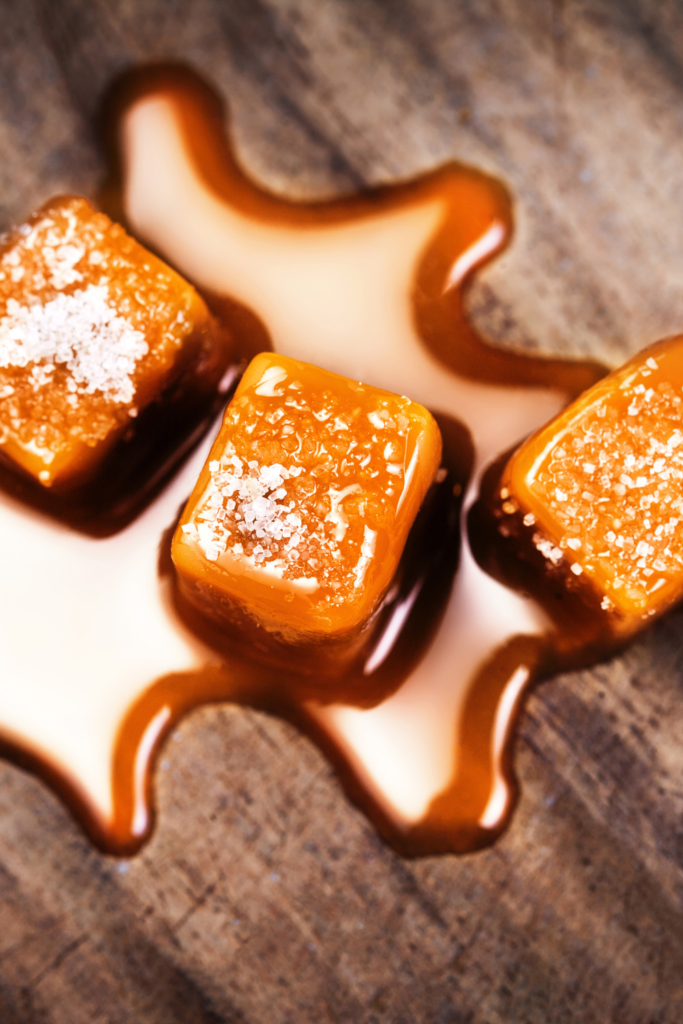
The true artistry in making salted caramel lies in balancing the sweetness of the sugar with the richness of the cream and butter, all while accentuating these flavors with just the right amount of salt. This delicate equilibrium is what makes salted caramel a unique culinary masterpiece. The caramel would taste amazing with my two-ingredient donut holes here.
To create the perfect batch of salted caramel, the quality of ingredients cannot be overstated. Opt for high-quality, organic ingredients where possible. The purity of the sugar, the freshness of the cream, the richness of the butter, and the fineness of the salt all contribute to the overall flavor and texture of the caramel.
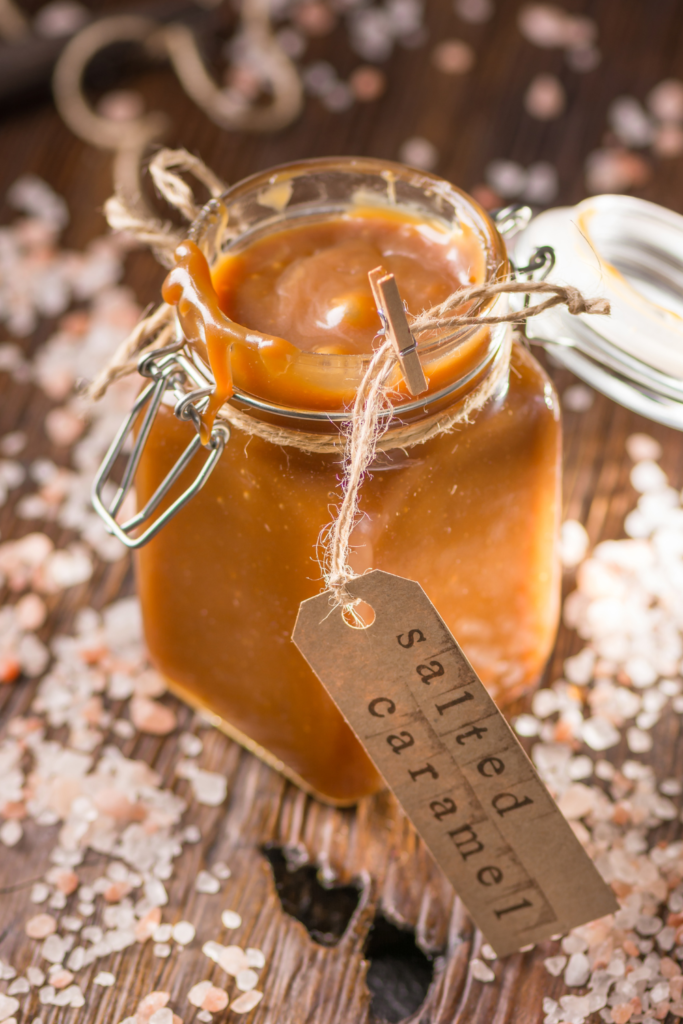
While indulging in salted caramel, it’s important to be mindful of dietary preferences and health considerations. For those looking for healthier alternatives, coconut sugar or maple syrup can replace granulated sugar. Similarly, vegan versions can be made using coconut cream and plant-based butter substitutes.
Salted caramel’s versatility is another aspect of its uniqueness. It can be used as a topping for ice cream and cakes, a filling for chocolates and macarons, or even as a flavor enhancer in beverages like lattes and hot chocolates. Its ability to complement both sweet and savory dishes makes it a valuable addition to any culinary repertoire.
In conclusion, salted caramel is more than just a trendy flavor – it’s a testament to the beauty of culinary simplicity. The harmonious blend of sugar, cream, butter, and salt creates a taste sensation that is both comforting and sophisticated. Understanding the roles of these key ingredients allows us to appreciate and savor each bite of this exquisite confection. Whether drizzled over a dessert or enjoyed on its own, salted caramel continues to captivate food enthusiasts and casual snackers alike, cementing its place as a timeless classic in the world of sweet treats.
Preparation is paramount. Arm yourself with a heavy-bottomed saucepan, a reliable thermometer, and a wooden spoon. These tools are not just implements but allies in your quest to achieve caramel perfection.
The creation of salted caramel is akin to an alchemical process. Begin by gently melting sugar, watch as it transforms into a golden elixir, then carefully introduce cream and butter, stirring as the concoction bubbles into a velvety amber treasure.
Temperature is the clandestine key to perfect caramel. A candy thermometer is not just recommended, it’s essential. Aiming for the sweet spot between 245°F to 250°F ensures a consistency that is neither too liquid nor too firm.
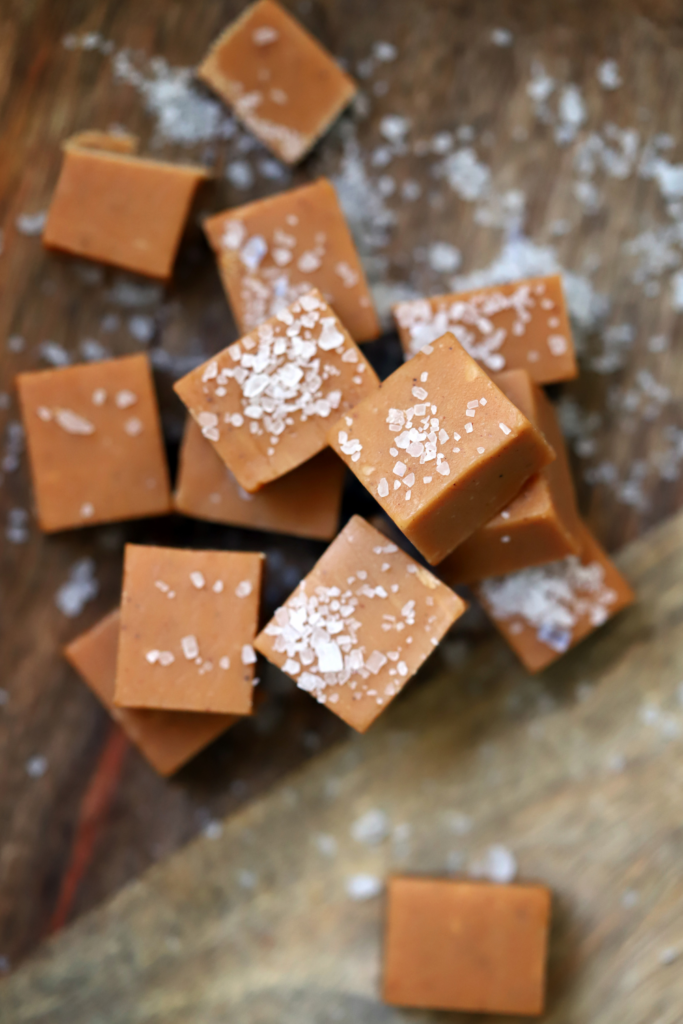
Personalize your caramel by infusing it with unique flavors. A dash of vanilla can add a fragrant dimension, while a hint of coffee can bestow a robust depth. The possibilities are limited only by your culinary imagination.
Once your caramel is prepared, it becomes a versatile ingredient. Drizzle it over ice cream, swirl it into brownies, or simply serve it as a dip for fruits. Stored correctly, it can be a delightful treat ready to enhance any dessert.
Salted caramel’s versatility shines when paired with various desserts. Its rich, creamy texture complements the airiness of mousses, the crunchiness of cookies, and the sponginess of cakes, creating a harmonious balance in every bite.
Venture beyond desserts and experiment with salted caramel in savory dishes. Its unique taste can add an unexpected twist to sauces or glazes, creating a gourmet experience that defies traditional culinary boundaries.
As our journey concludes, remember that each batch of caramel you craft is a step further in your culinary adventure. Embrace the process, savor the results, and continue to explore the boundless potential of this exquisite confection.